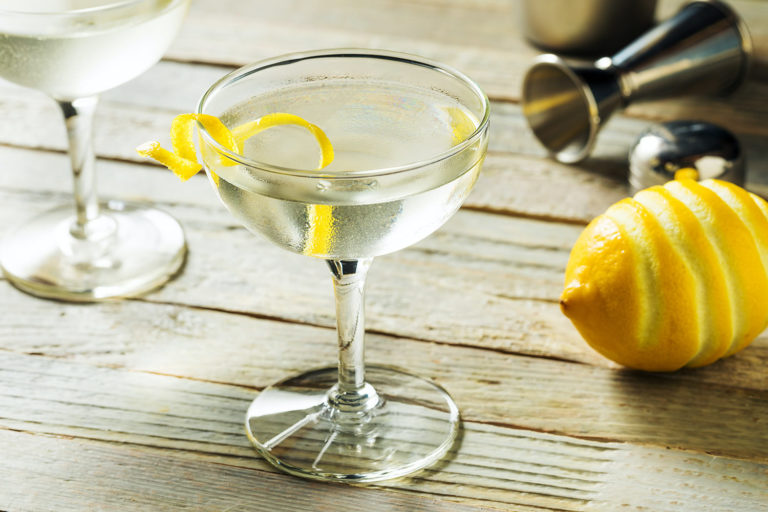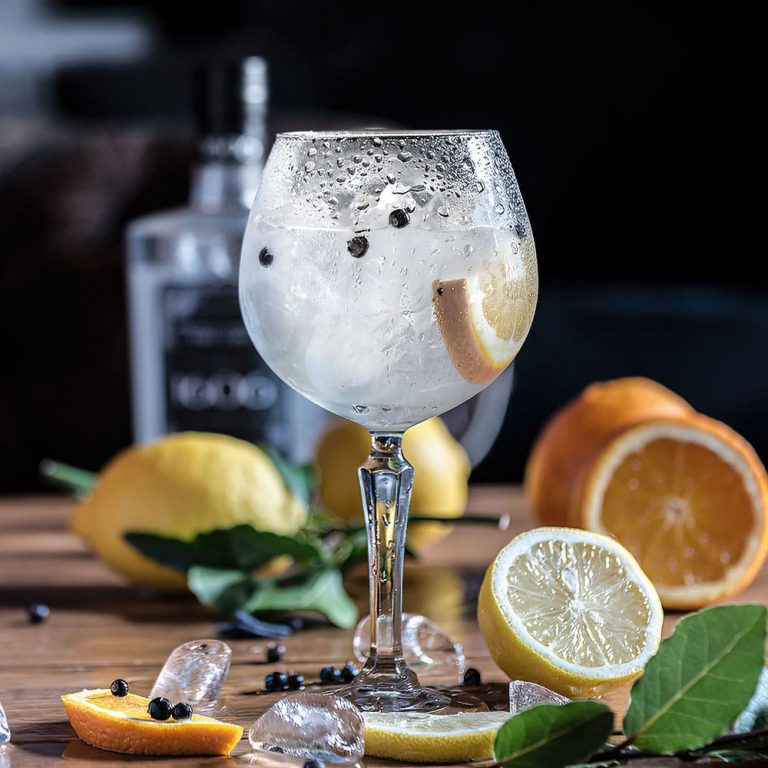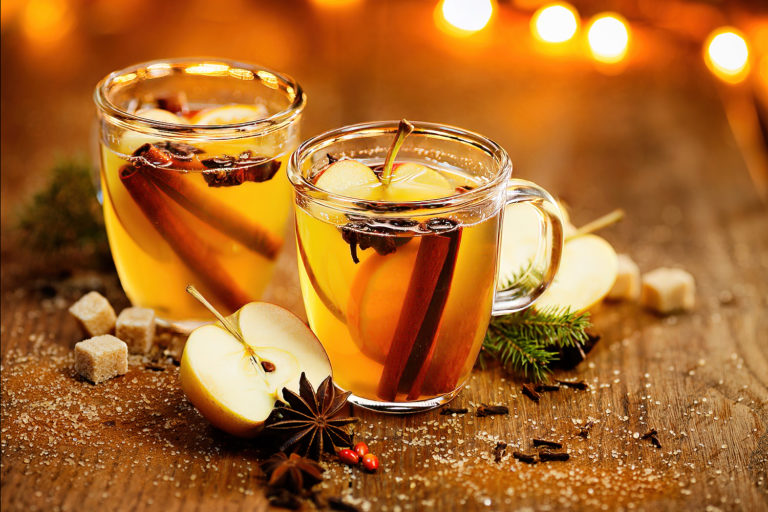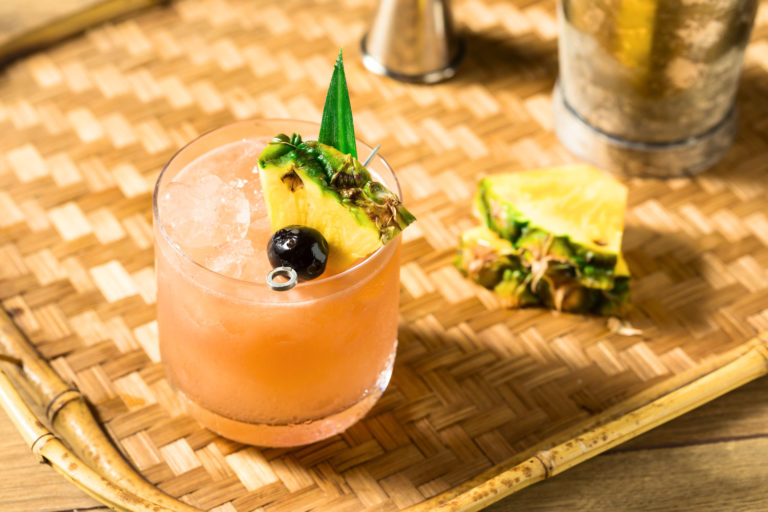The history of the martini
Exactly when the martini was invented is not sufficiently documented. Some evidence points to the year 1863, while others claim that the cocktail did not originate until 1911. Without delving too deeply into the history of the origins of the martini now, there are four rough theses about its origins. However, none of them can be proven beyond doubt. But one thing is certain: more than 100 years ago, the composition of the cocktail was different from today’s version. The drink at the time began its career as a so-called 50:50 (fifty-fifty) cocktail and consisted of equal parts of gin and dry vermouth. The modern version, on the other hand, uses a ratio of two parts gin to one part vermouth. The result: the new variant of the drink is much drier – i.e. less sweet.
Vodka or Gin – What goes into a real Dry Martini?
A common misconception is that a martini is originally made with vodka* instead of gin*. Good proof that marketing works, as in the 1940s the Smirnov brand began an aggressive advertising campaign to topple gin from the throne of the most popular spirits in the United States. During this campaign, in addition to the Vodka Martini, another cocktail with vodka was created that is still popular today – the Moscow Mule.
Shaken or stirred?
James Bond usually orders his martini saying “Shaken, not stirred!” In other words, shaken, not stirred. For fans of the drink an absolute no-go. Shaking the drink makes it cold faster, but when it is served, it becomes unintentionally cloudy due to the trapped air bubbles. A crystal-clear martini requires a bit of time, which should be taken.
Olive or orange peel as garnish?
Whether you garnish your martini with an olive or an orange zest is mostly a matter of taste, because both are right. The essential oils in orange peel give the drink a citrusy, fresh character, while olives emphasize its slight bitterness. Try both variations and garnish your martini however you like.






